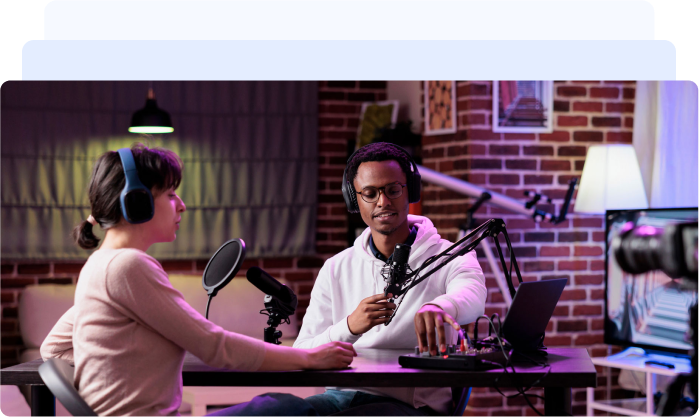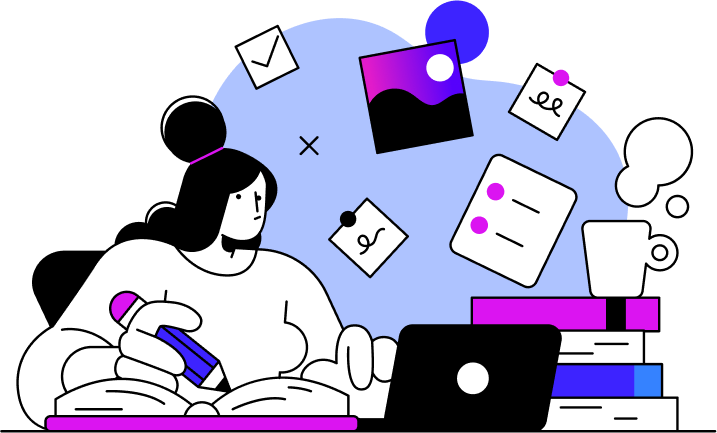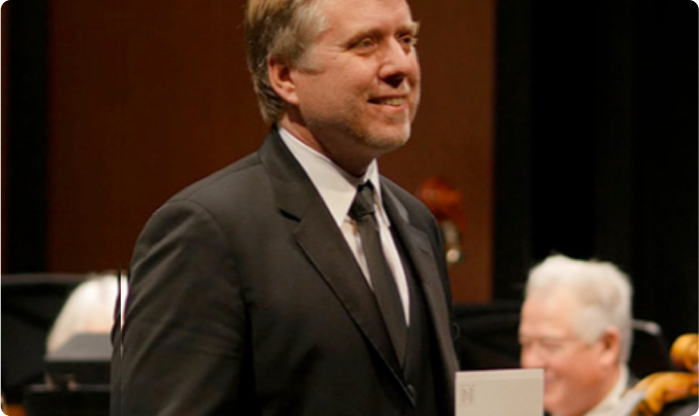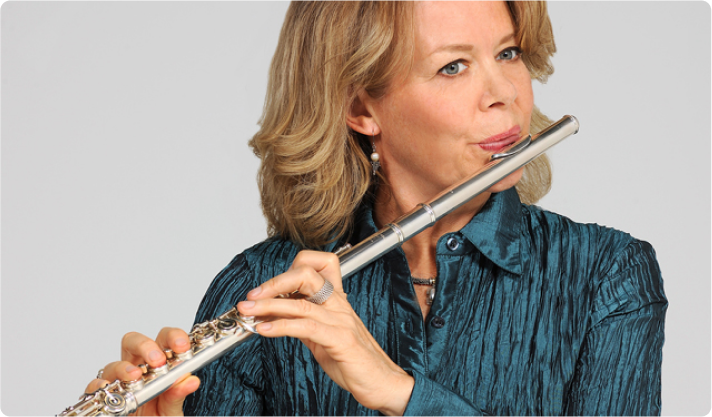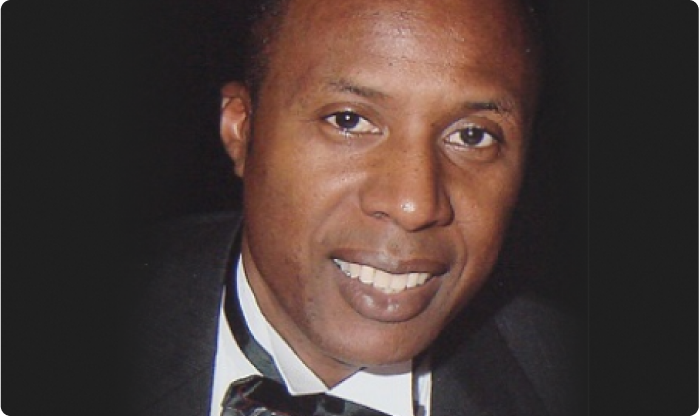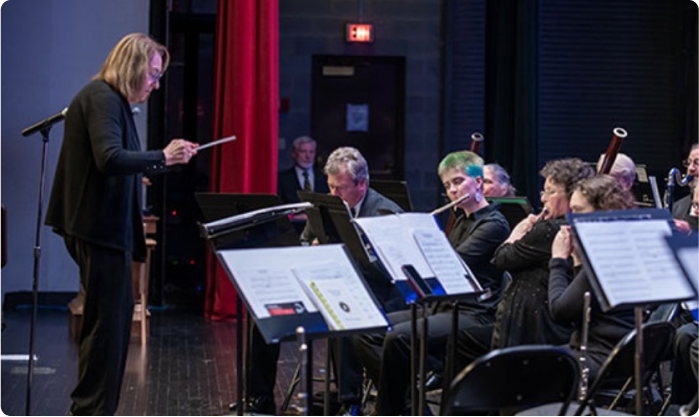Ultimate Music Curriculum Design Toolkit for Music Teachers
Anita Horsley
Anita Horsley has a Masters in Education, is a certified Adobe Captivate Professional, international author for Packt Publishing, and VP or Product Management for Connect For Education Inc.
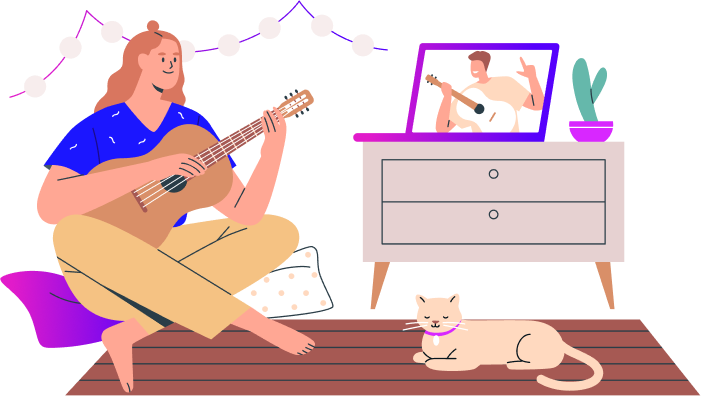
Organize Your Music Curriculum

The Ultimate Music Curriculum Design Toolkit provides music teachers with resources and tools to help them design and organize their music curriculum. It aims to help teachers get organized, prioritize their teaching goals, discover new possibilities, and help students succeed in their musical education.
The toolkit includes resources on standards, essential questions, "I Can..." statements, dispositions, assessment, schoolwide and community goals, anti-bias teaching, and opportunity to learn standards. It provides links to various websites, articles, and books that can assist teachers in their curriculum design process.
Learn how Steven Thompson Pioneered Online Music Curriculum for American River College
Below are the recommended action steps
Standards:
Teachers should know and understand the standards that they are responsible for teaching.
- Locate the standards that you are responsible for teaching and your students are responsible for learning.
- Bookmark the page for fast reference in the future.
- Set a goal for your standards' next step.
- Reflect on what you are currently doing with standards that is working and how you can continue that success.
- Dive deeper into other standards within the same grade level, course, or ensemble.
- Apply the same strategy to new grade level, course, or ensemble.
- Find natural, supportive, and/or creative connections between standards in the same grade level, course, or ensemble that lead to rich, authentic learning, assessments, and units.
- Identify questions or wonderings you have about standards and seek out discussions or ask for help.
Essential Questions/Enduring Understandings:
It is important for teachers to create compelling essential questions and endure understanding in music education.
- Find an Essential Question (EQ) or Enduring Understanding (EU) that intrigues you
- Choose a grade level/course/ensemble that you think the EQ/EU would best match.
- Rewrite the EQ/EU in student language that is age appropriate.
- Reflect on what you are already doing in that grade level/course/ensemble that ties in with the chosen EQ/EU.
- Consider what you can add in terms of content, process, and student inquiry to better build learning around the EQ/EU.
- Identify additional questions you have about implementing this and seek out resources and support.
"I Can . . ." Statements:
Teachers should use I can” statements which are student-friendly statements of learning.
- Choose a grade level/course/ensemble from the provided link.
- Find an Essential Question (EQ) or Performance Standard that you already teach in your classroom.
- Write the corresponding "I can" statement.
- Reflect on the current role of "I can" statements in your classroom and the expectations of learning targets.
- Determine what parts of your current practice you would like to retain and what parts you would like to change.
- Collaborate with colleagues for questions or feedback.
- Establish a timeline for implementing new ideas into your practice.
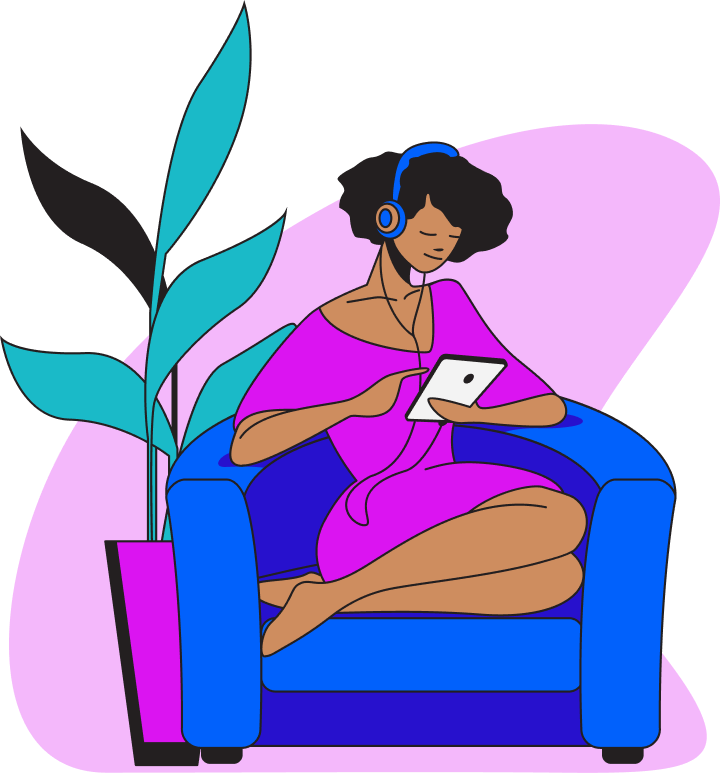
Dispositions:
It is important to teach and develop certain dispositions in music education, such as collaboration, flexibility, goal setting, inquisitiveness, openness, respect for others, responsible risk-taking, self-reflection, self-discipline, and perseverance.
Resources:
A Framework for Professional Dispositions and Ethics and
Studio Thinking - The Framework
- Choose a disposition from the provided list.
- List ways that this disposition is currently talked about, learned, and reflected on in your classroom.
- Reflect on how students know this disposition is important and if it is integrated into standards, essential questions, learning targets, and assessments.
- Consider if any improvements can be made to the process and how incorporating the chosen disposition could change learning in your classroom.
- Seek out further resources and collaborate with non-music colleagues who also teach arts.
Assessment:
Using various types of assessments is important, including formative, summative, and cornerstone assessments.
- Choose a Model Cornerstone Assessment for one of the grade levels, ensembles, or courses you teach.
- Look at the overview and task descriptions of the assessment.
- Notice what you already do that is similar to the assessment and identify new ideas.
- Explore the resources provided in the assessment, such as assessment tools, teaching scoring devices, and student worksheets.
- Reflect on how student learning could be different using the assessment ideas.
- Schedule a time to discuss possibilities with a colleague.
Opportunity to Learn Standards:
These are resources needed for teachers, schools, and districts to provide students with meaningful opportunities to achieve the standards outlined in the Core Music Standard.
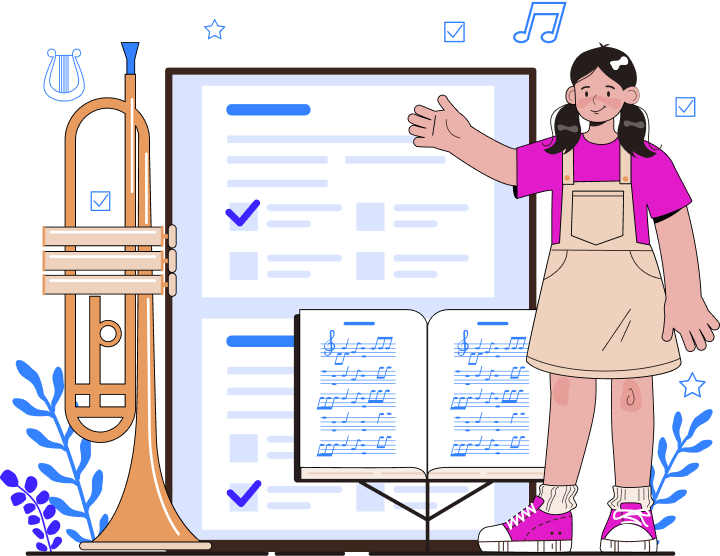
- Understand the concept of "Opportunity to Learn Standards" and how they can be used as an advocacy tool.
- Look for existing documentation in your school or district that addresses "transfer" or "conceptual learning."
- Find the connections between your school's or district's transfer-based/conceptual priorities and the teaching in your classroom.
- Find the connections between your school's or district's transfer-based/conceptual priorities and the teaching in your classroom.
Resource: Opportunity to Learn Standards
Schoolwide and Community Goals:
Teachers should consider how their music curriculum aligns with broader school and community goals.
- Read the material provided to understand the idea of "transfer" or "conceptual learning" from a school- or community-wide perspective.
- Find any similar documents or documentation in your school or district that addresses transfer or conceptual learning.
- Find natural connection points between your school's or district's transfer-based/conceptual priorities and the teaching in your classroom.
Resources:
- Building Culturally Relevant Schools Post-Pandemic with Dr. Gloria Ladson-Billings, PBS Wisconsin Education
- Culturally Responsive Teaching: Theory, Research, and Practice
- Culturally Responsive Teaching and The Brain: Promoting Authentic Engagement and Rigor Among Culturally and Linguistically Diverse Students
- Culturally Sustaining Pedagogies: Teaching and Learning for Justice in a Changing World
Anti-Bias/Anti-Racist Teaching and Learning:
Teachers need to address bias and promote inclusivity in music education.
- Review the provided resources for creating inclusive and equitable classrooms.
- Consider incorporating these resources into your curriculum review or revision.
- Reflect on how systemic and personal biases may be impacting your students, colleagues, and communities.
- Seek out additional resources and continue the conversation with others.

Article adapted from Nyssa Brown
Top Blogs
Related Success Stories

